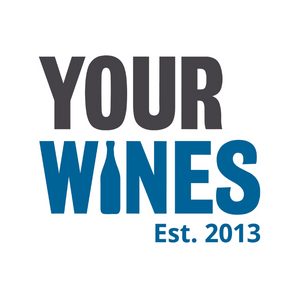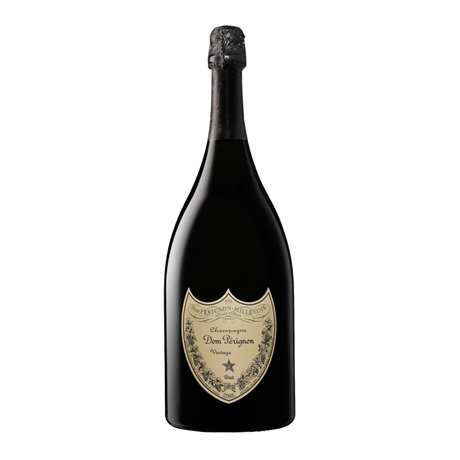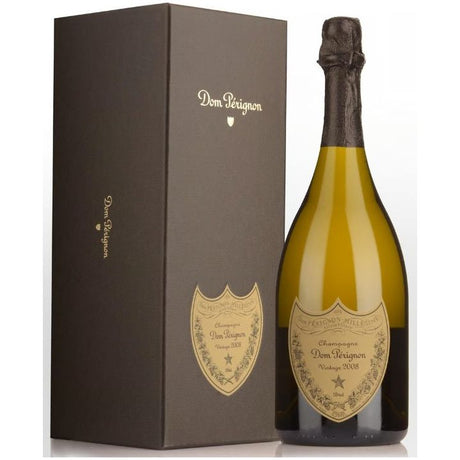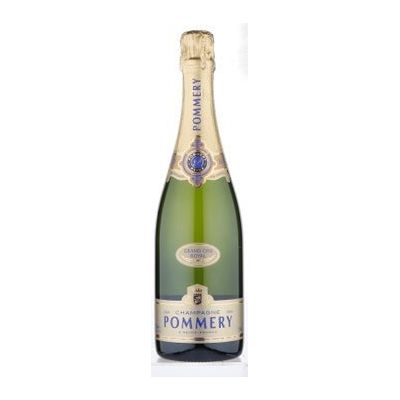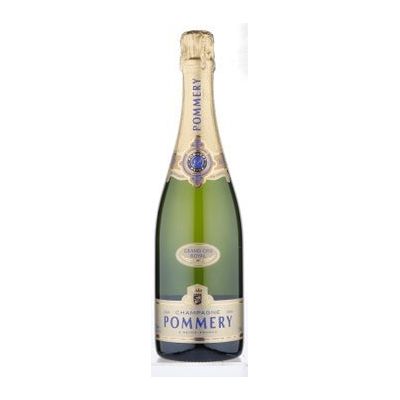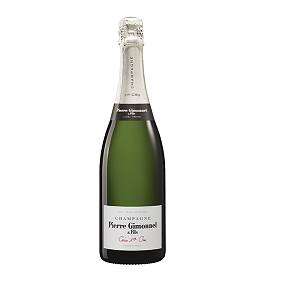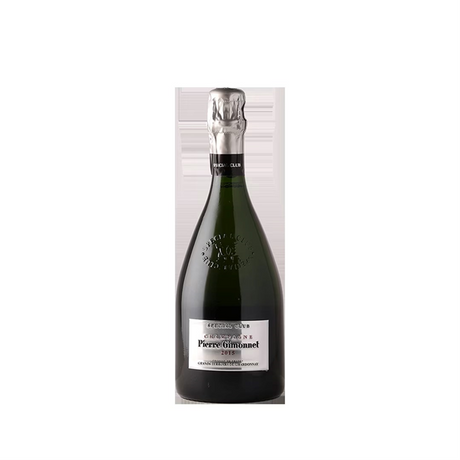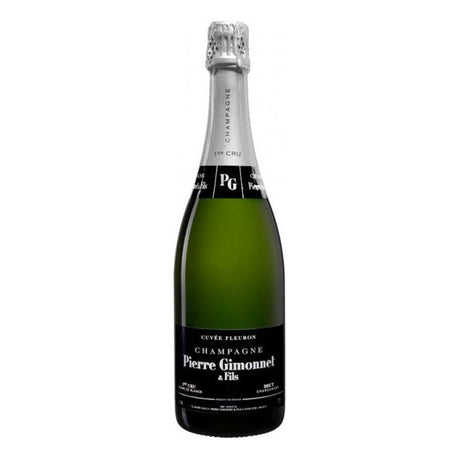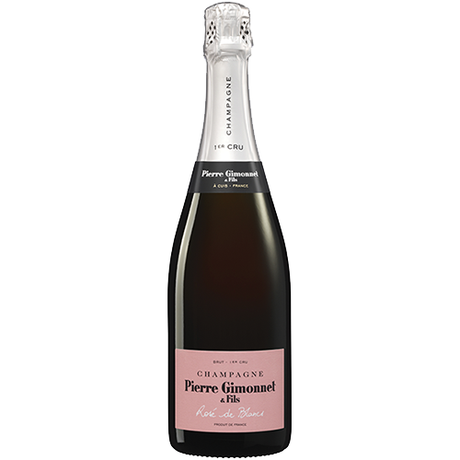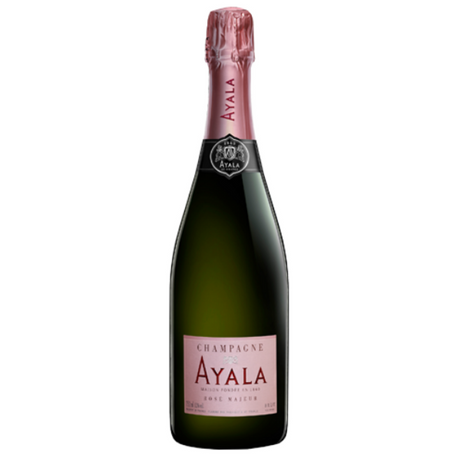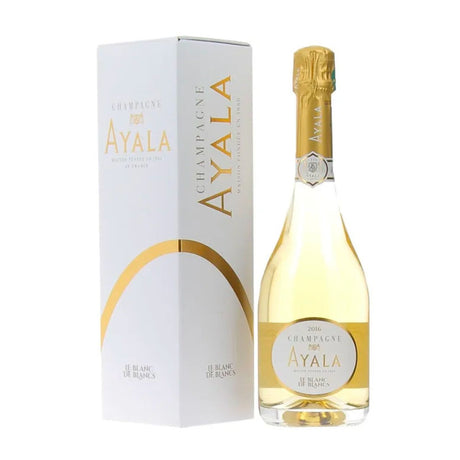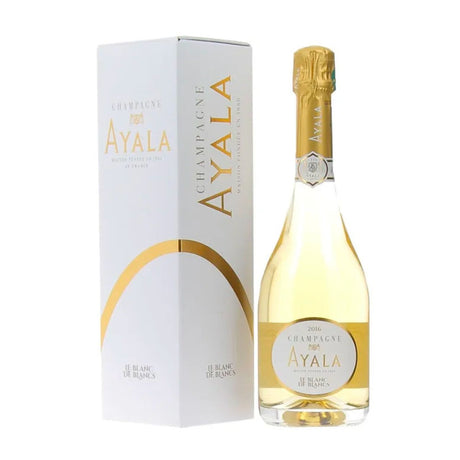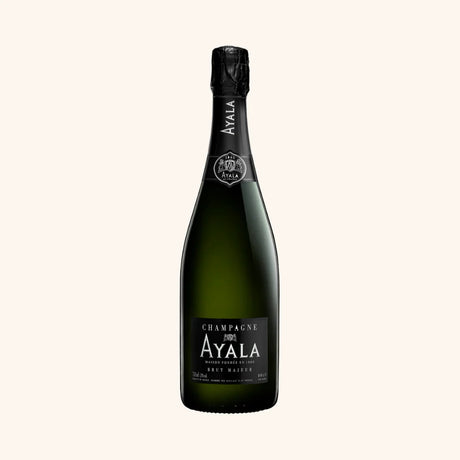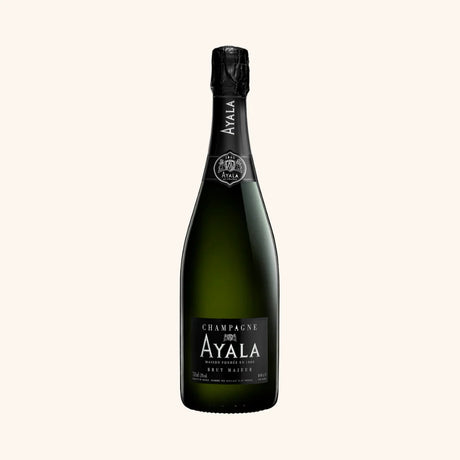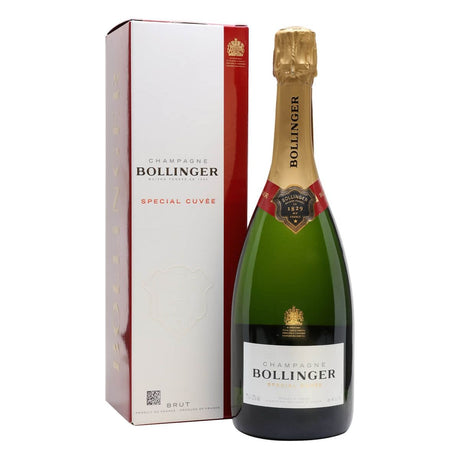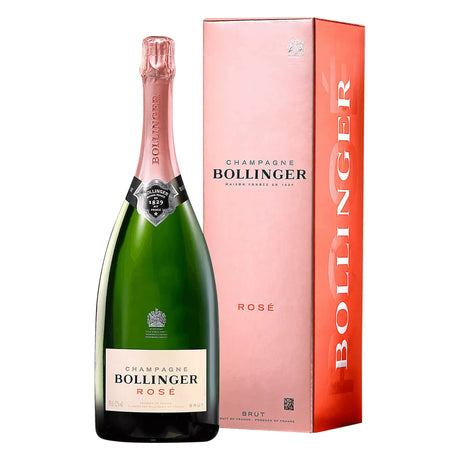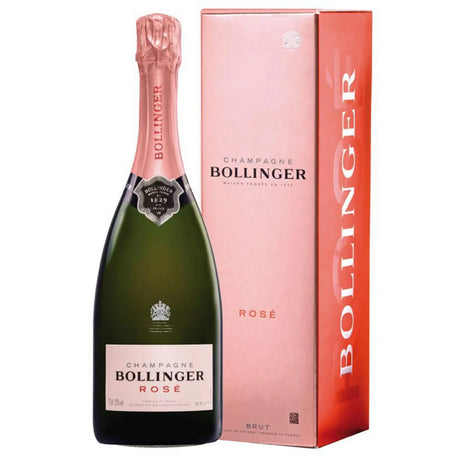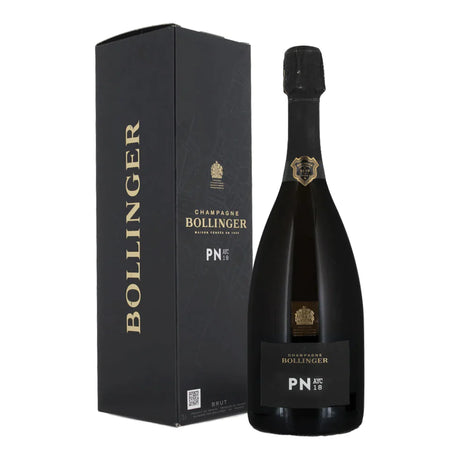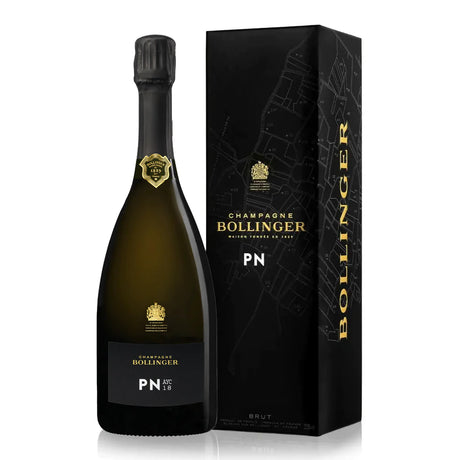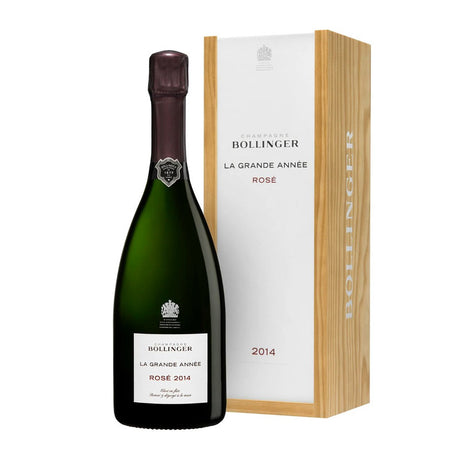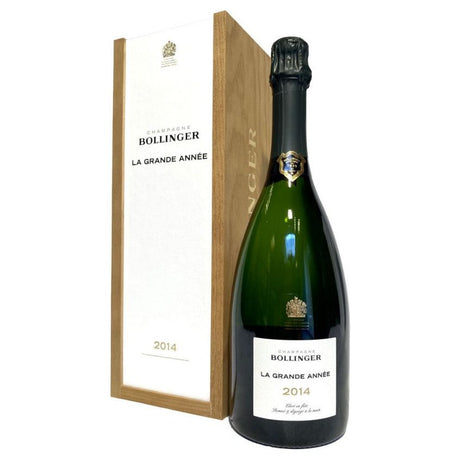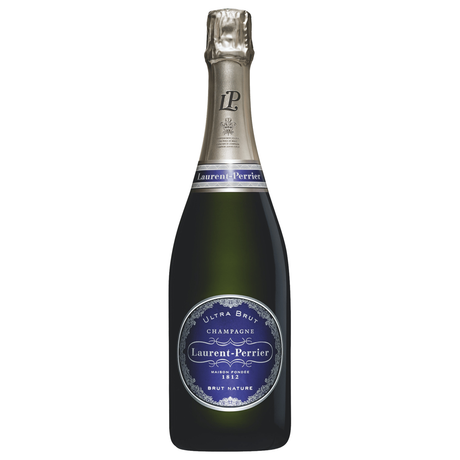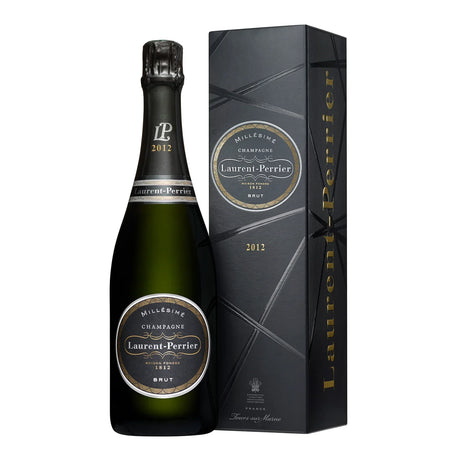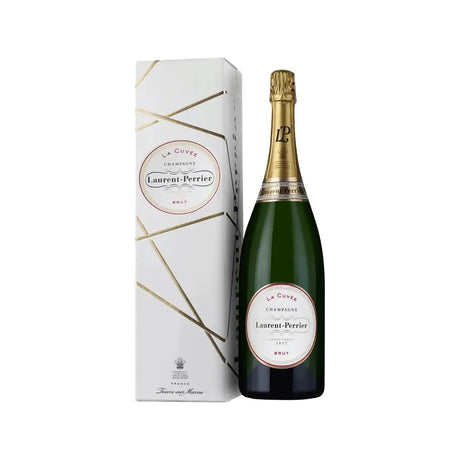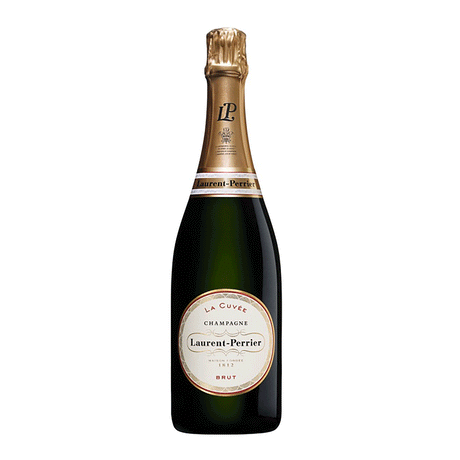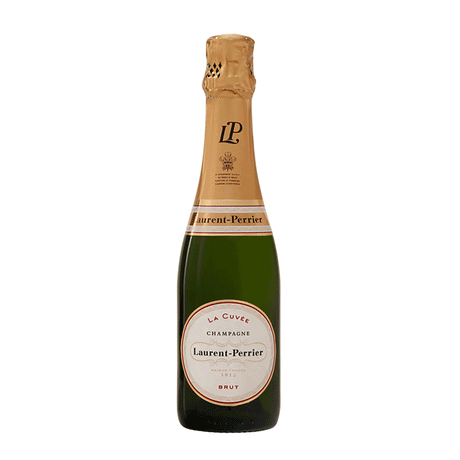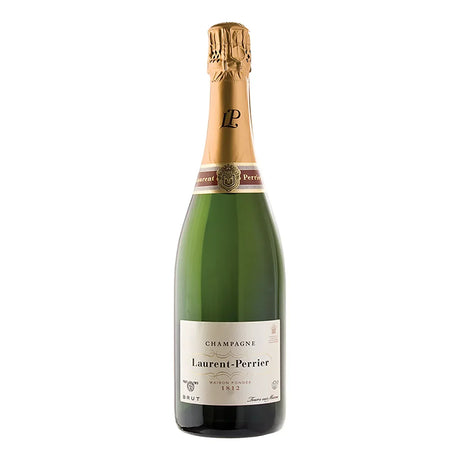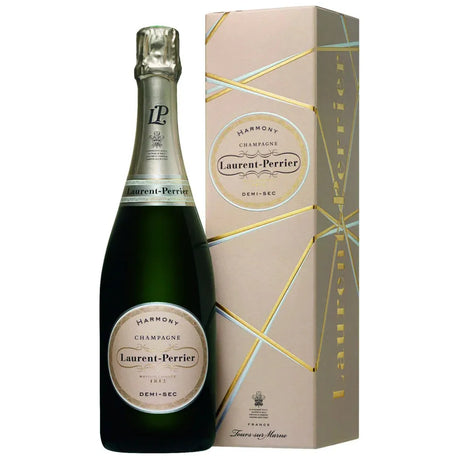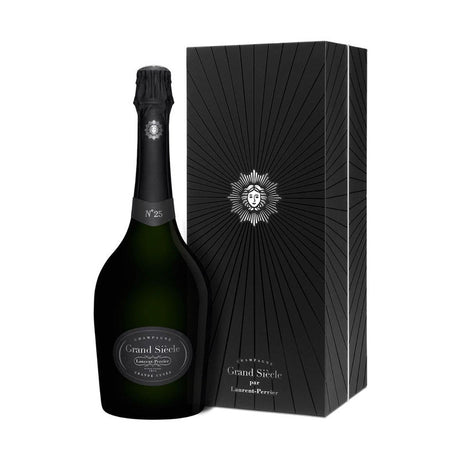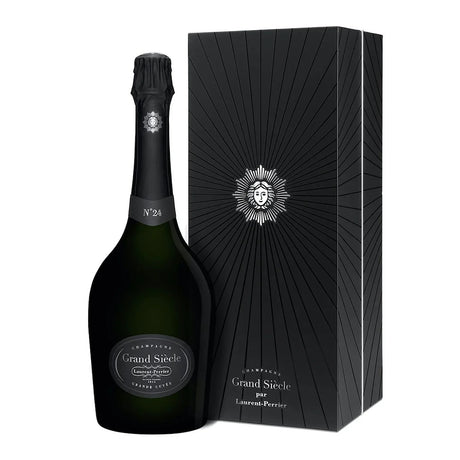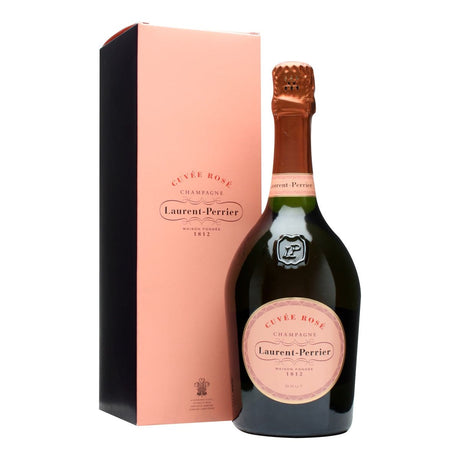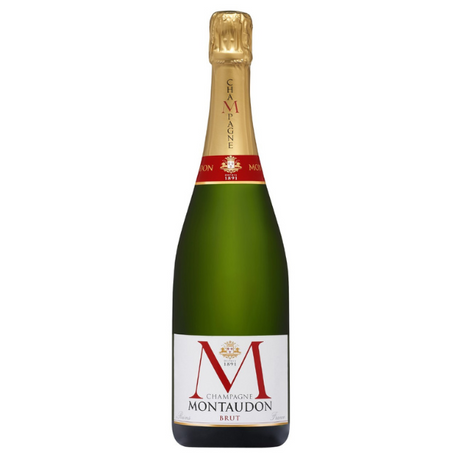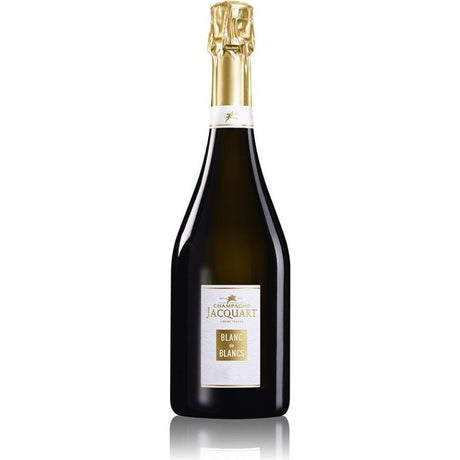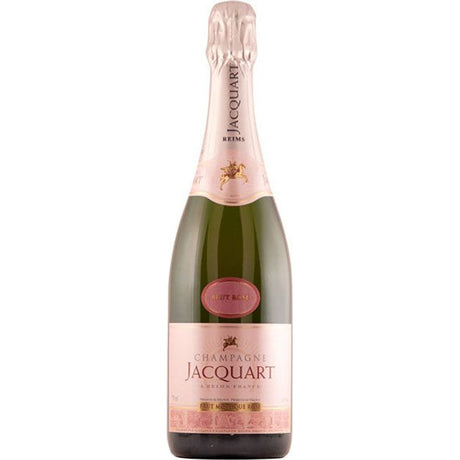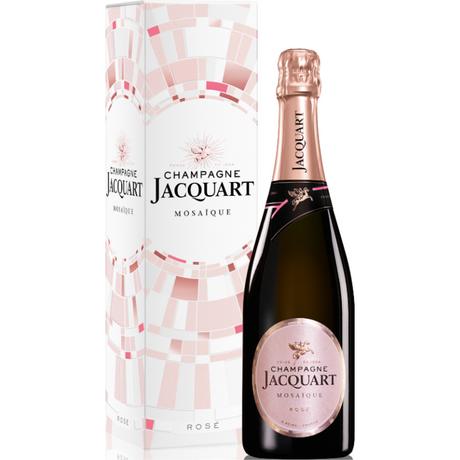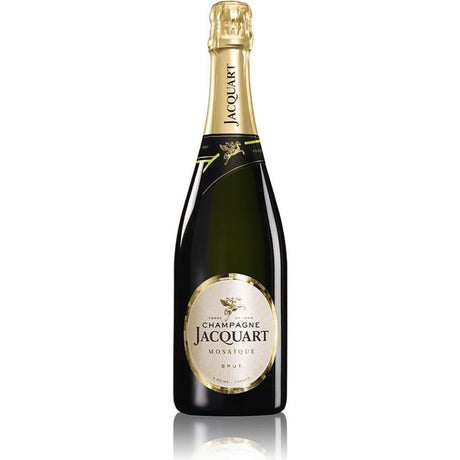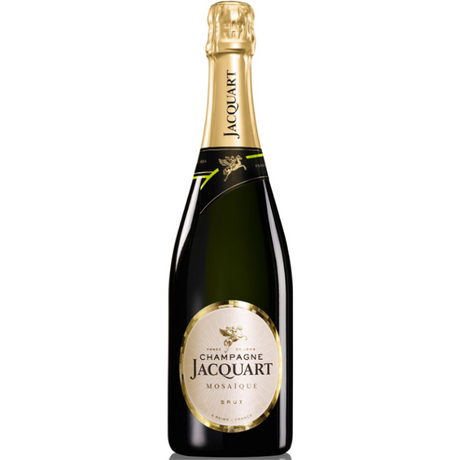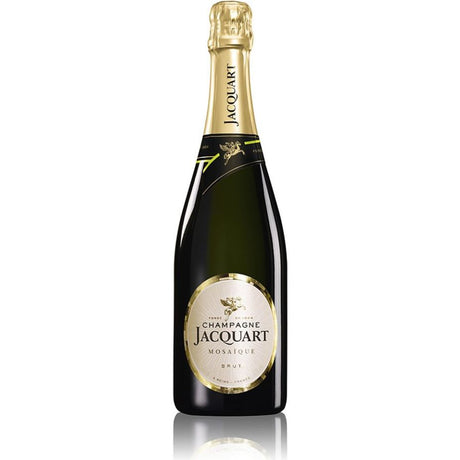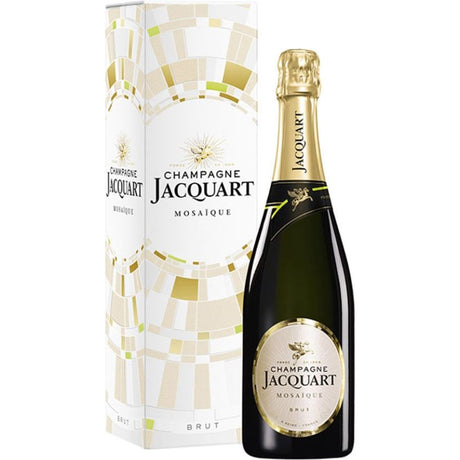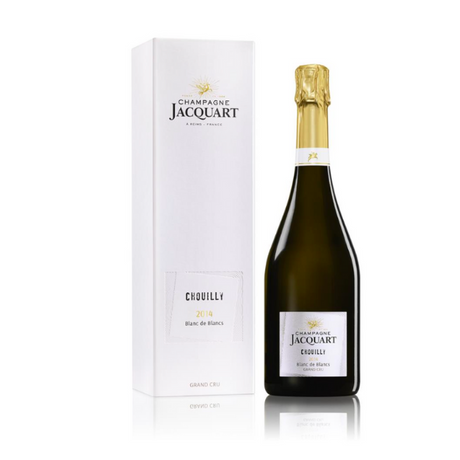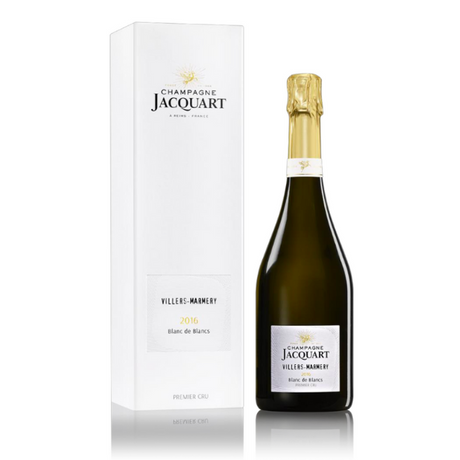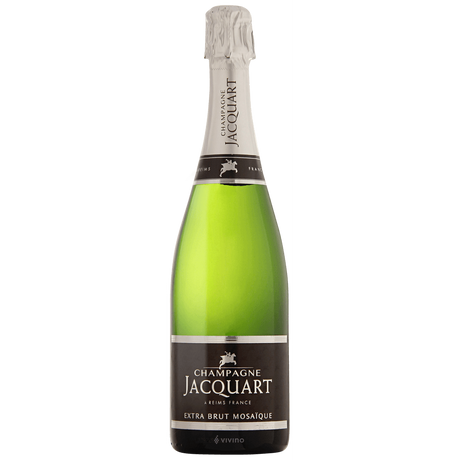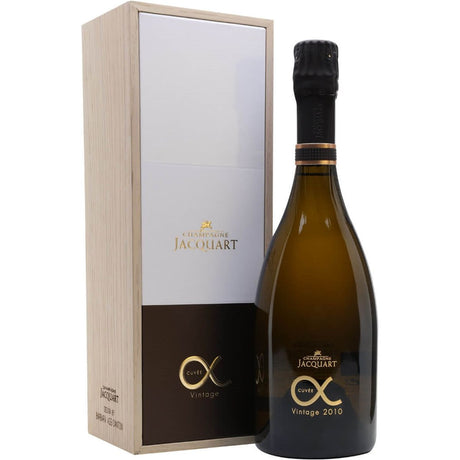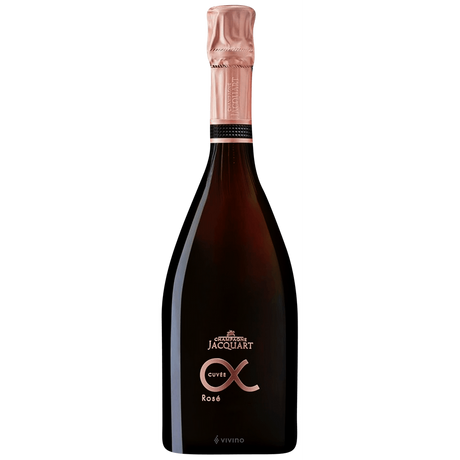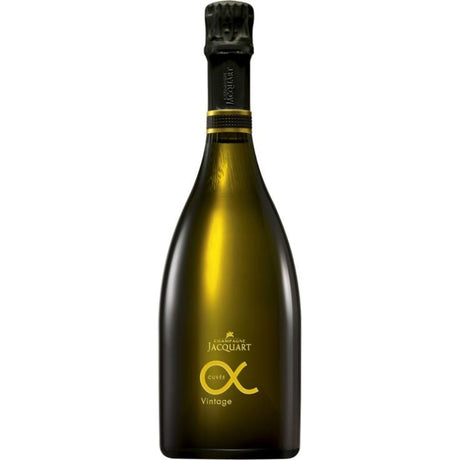Pommery
Pommery Grand Cru Brut Millesime 1980 (Single Bottle) Magnum 1.5L
$990.00Unit price /UnavailableVery low stock (1 unit)Pommery
Pommery Grand Cru Brut Millesime 1982 (Single Bottle) Magnum 1.5L
$990.00Unit price /UnavailableVery low stock (1 unit)Pierre Gimonet & Fils
Pierre Gimonet & Fils Cuvée Cuis 1er Cru Brut Blanc de Blancs NV (12 Bottles)
$1,178.50Unit price /UnavailableIn stockPierre Gimonet & Fils
Pierre Gimonet & Fils Special Club 'Grand Terroirs de Chardonnay 2015 (Limited) (12 Bottles)
$2,169.78Unit price /UnavailableIn stockPierre Gimonet & Fils
Pierre Gimonet & Fils Cuvée Fleuron Brut 1er Cru Blanc de Blancs 2017 (Limited) (12 Bottles)
$1,664.83Unit price /UnavailableIn stockPierre Gimonet & Fils
Pierre Gimonet & Fils Cuvée Rosé de Blancs 1er Cru Brut NV (12 Bottles)
$1,421.58Unit price /UnavailableIn stockChampagne Ayala
Champagne Ayala Rosé Majeur, France NV (6 Bottles)
$798.00Unit price /UnavailableIn stockChampagne Ayala
Champagne Ayala Le Blanc de Blancs, France (Gift Box) 2016 (6 Bottles)
$1,036.00Unit price /UnavailableIn stockChampagne Ayala
Champagne Ayala Le Blanc de Blancs Magnum, France (Gift Box) 2016 (3 Bottles)
$1,258.00Unit price /UnavailableIn stockChampagne Ayala
Champagne Ayala Brut Majeur, France NV (6 Bottles)
$643.00Unit price /UnavailableIn stockChampagne Ayala
Champagne Ayala Brut Majeur Magnum, France NV (3 Bottles)
$745.00Unit price /UnavailableIn stockBollinger
Bollinger Special Cuvée Magnum (Gift Box), France NV (3 Bottles)
$949.00Unit price /UnavailableIn stockBollinger
Bollinger Rosé Magnum (Gift Box), France NV (3 Bottles)
$1,161.00Unit price /UnavailableIn stockBollinger
Bollinger Rosé (Gift Box), France NV (6 Bottles)
$1,026.00Unit price /UnavailableIn stockBollinger
Bollinger PN AYC18 Magnum (Gift Box), France NV (3 Bottles)
$1,394.00Unit price /UnavailableIn stockBollinger
Bollinger PN AYC18 (Gift Box), France NV (6 Bottles)
$1,365.00Unit price /UnavailableIn stockBollinger
Bollinger La Grande Année Rosé (Gift Box), France 2014 (6 Bottles)
$2,564.00Unit price /UnavailableIn stockBollinger
Bollinger La Grande Année (Gift Box), France 2014 (6 Bottles)
$1,984.00Unit price /UnavailableIn stockCHAMPAGNE LAURENT-PERRIER
CHAMPAGNE LAURENT-PERRIER Ultra Brut (Zero Dosage) NV (6 Bottles)
$1,116.00Unit price /UnavailableIn stockCHAMPAGNE LAURENT-PERRIER
CHAMPAGNE LAURENT-PERRIER Millésimé 2012 (6 Bottles)
$1,020.00Unit price /UnavailableIn stockCHAMPAGNE LAURENT-PERRIER
CHAMPAGNE LAURENT-PERRIER La Cuvée NV (6 Bottles)
$756.00Unit price /UnavailableIn stockCHAMPAGNE LAURENT-PERRIER
CHAMPAGNE LAURENT-PERRIER La Cuvée 375ml NV (12 Bottles)
$828.00Unit price /UnavailableIn stockCHAMPAGNE LAURENT-PERRIER
CHAMPAGNE LAURENT-PERRIER La Cuvée 187ml NV (12 Bottles)
$936.00Unit price /UnavailableIn stockCHAMPAGNE LAURENT-PERRIER
CHAMPAGNE LAURENT-PERRIER La Cuvee ‘Kosher’ NV (6 Bottles)
$828.00Unit price /UnavailableIn stockCHAMPAGNE LAURENT-PERRIER
CHAMPAGNE LAURENT-PERRIER Harmony Demi-Sec NV (6 Bottles)
$720.00Unit price /UnavailableIn stockCHAMPAGNE LAURENT-PERRIER
CHAMPAGNE LAURENT-PERRIER Grand Siècle 25 NV (6 Bottles)
$2,478.00Unit price /UnavailableIn stockCHAMPAGNE LAURENT-PERRIER
CHAMPAGNE LAURENT-PERRIER Grand Siècle 24 NV (6 Bottles)
$2,226.00Unit price /UnavailableIn stockCHAMPAGNE LAURENT-PERRIER
CHAMPAGNE LAURENT-PERRIER Cuvée Rosé NV (6 Bottles)
$1,350.00Unit price /UnavailableIn stockChampagne Montaudon
Champagne Montaudon Brut (6x750ml)
$480.00$528.00Unit price /UnavailableIn stockJacquart
Champagne Jacquart Vintage Blanc de Blancs 2014 (6x750ml)
$1,050.00$1,155.00Unit price /UnavailableIn stockJacquart
NV Champagne Jacquart Mosaique Rose (6x750ml)
$780.00$858.00Unit price /UnavailableIn stockJacquart
Jacquart Mosaique Rose with Gift Cartons (6x750ml)
$780.00$858.00Unit price /UnavailableIn stockJacquart
Jacquart Brut Mosaique half bottles (12x375ml)
$600.00$660.00Unit price /UnavailableIn stockJacquart
NV Jacquart Brut Mosaique with Gift Cartons (6x750ml)
$510.00$561.00Unit price /UnavailableIn stockJacquart
Champagne Jacquart Mono Cru Cepage Chouilly 2014 In Gift Box (3 x 750ml)
$1,200.00$1,320.00Unit price /UnavailableIn stockJacquart
Champagne Jacquart Mono Cru Villers Marmery 2016 In Gift Box (3x750ml)
$1,200.00$1,320.00Unit price /UnavailableIn stockJacquart
Jacquart Mosaique Extra Brut NV (6x750ml)
$780.00$858.00Unit price /UnavailableIn stockJacquart
Jacquart 2010 Cuvee Alpha Rose with Gift Carton (6x750ml)
$2,100.00$2,310.00Unit price /UnavailableIn stockJacquart
Champagne Jacquart 2010 Cuvee Alpha Rose (3x750ml)
$1,350.00$1,485.00Unit price /UnavailableIn stockJacquart
Champagne Jacquart 2010 Cuvee Alpha Brut (3x750ml)
$1,200.00$1,320.00Unit price /UnavailableIn stock
Are you looking to learn more about Champagne?
Champagne has a certain allure for wine enthusiasts that transcends straightforward enjoyment — it's a quintessential marker of celebration and luxury. Evoking images of grand toasts and joyous occasions, Champagne stands as a testament to the craft of winemaking, the richness of terroir, and the pursuit of perfection in every bubble.
See below our most frequently asked questions about Champagne:
Q: What defines Champagne as a sparkling wine, and what makes it unique?
A: Champagne is a prestigious sparkling wine from the Champagne region in France. The traditional production method, stringent regulations, and exclusive use of specific grape varieties are what sets it apart.
Q: What is the significance of the Champagne region in France in the world of sparkling wines?
A: The Champagne region in France is the birthplace of Champagne. Its cool climate and chalky soils contribute to the unique terroir that produces exceptional sparkling wines. Only wines produced here can legally bear the "Champagne" label.
Q: Is there a distinction between Champagne and French Champagne?
A: No, the terms "Champagne" and "French Champagne" are often used interchangeably. All Champagne comes from the Champagne region in France, and French wine regulations protect the name.
Q: What are some considerations for finding the best Champagne, and are there specific brands to explore?
A: The "best" Champagne is subjective and depends on personal taste preferences. Reputable Champagne houses include Dom Pérignon, Moët & Chandon, Veuve Clicquot, and Krug. We’d like to present some lesser-known, but outstanding value brands like Jacquart, Laurent-Perrier, and Ayala. Explore different styles, from Brut to Rosé, to find your favourite.
Q: What is the origin of Champagne, and why is it specific to the Champagne region?
A: Champagne is specifically from the Champagne region in northeastern France. The region's unique terroir, along with centuries of winemaking expertise, contributes to the distinct character of Champagne.
Q: What grape varieties are used to make Champagne?
A: Chardonnay, Pinot Noir, and Pinot Meunier are the primary grape varieties used in Champagne production. The combination of these grapes, along with the winemaking process, influences the flavour profile of Champagne.
Q: What is the traditional method used to make Champagne?
A: Champagne is made using the traditional method, also known as the méthode champenoise. After the initial fermentation, the wine undergoes a second fermentation in the bottle, creating carbonation. The spent yeast cells are then removed through a process called disgorgement.
Q: What are the main types of Champagne, and how do they differ?
A: The main types of Champagne include Brut (dry), Extra Brut (very dry), Sec (slightly sweet), Demi-Sec (sweet), and Rosé. These classifications indicate the level of sweetness in the wine.
Q: How does Champagne differ from other sparkling wines?
A: While all Champagne is sparkling wine, not all sparkling wine is Champagne. The term "Champagne" is reserved exclusively for wines produced in the Champagne region of France. Other sparkling wines use different production methods and grape varieties.
Q: What distinguishes Champagne from Prosecco?
A: The main differences between Champagne and Prosecco lie in their origin, grape varieties, and production methods. Champagne is from France, uses Chardonnay, Pinot Noir, and Pinot Meunier, and undergoes the traditional method. Prosecco is Italian, uses the Glera grape, and undergoes the Charmat method.
Q: What is the proper way to serve Champagne?
A: Serve Champagne chilled, around 8-10°C (46-50°F), in a flute or tulip-shaped glass. Chilling enhances the wine's refreshing qualities, and the narrow shape of the glass preserves the bubbles and concentrates the aromas.
Q: Is Champagne suitable for cooking, and if so, what dishes does it complement?
A: Yes, Champagne can be used in cooking to enhance flavours, especially in dishes that benefit from its acidity and effervescence. It pairs well with seafood, poultry, and sauces.
Q: What types of food pair well with Champagne?
A: Champagne is a versatile wine that pairs well with various foods. It complements oysters, caviar, cheeses, and light appetisers. Its acidity and effervescence make it an excellent match for salty and fried foods. Or, enjoy Champagne on its own! Champagne is the perfect beverage to celebrate significant events or to enjoy with friends and family!
Champagne is not just a sparkling wine; it is a symbol of celebration, luxury, and craftsmanship. From its origins in the Champagne region of France to its meticulous production process, Champagne embodies elegance and tradition. With its diverse styles and sweetness levels, there is a Champagne for every occasion and palate. Whether you are exploring renowned Champagne houses or discovering hidden gems from boutique producers, the quest for the perfect sip is a personal journey of exploration and taste. Cheers to the wonders of Champagne!
